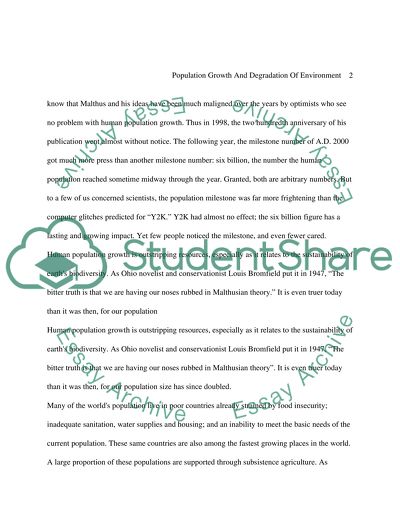Cite this document
(“Population growth and the degradation of the environment Essay”, n.d.)
Population growth and the degradation of the environment Essay. Retrieved from https://studentshare.org/science/1527700-population-growth-and-the-degradation-of-the-environment
Population growth and the degradation of the environment Essay. Retrieved from https://studentshare.org/science/1527700-population-growth-and-the-degradation-of-the-environment
(Population Growth and the Degradation of the Environment Essay)
Population Growth and the Degradation of the Environment Essay. https://studentshare.org/science/1527700-population-growth-and-the-degradation-of-the-environment.
Population Growth and the Degradation of the Environment Essay. https://studentshare.org/science/1527700-population-growth-and-the-degradation-of-the-environment.
“Population Growth and the Degradation of the Environment Essay”, n.d. https://studentshare.org/science/1527700-population-growth-and-the-degradation-of-the-environment.


